Owning a supercar is the dream of many, but when they finally achieve this dream, they will realize that alongside the thrill of control, driving a supercar also comes with trading off a lot of things.
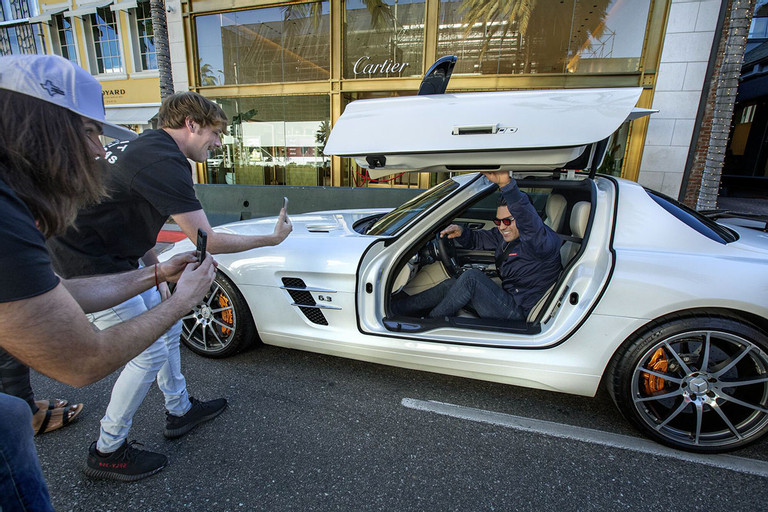
According to some owners of Ferrari, Lamborghini, McLaren, or Porsche supercars, when driving these vehicles, what they receive is the satisfaction of their passion for speed, a different experience compared to the majority, and the awe and admiration directed at the car’s owner.
However, in exchange for these aspects, owning and driving a supercar will also make the owners face several issues.
Difficult Entry and Exit
Supercars often have a low seating position, the seats are usually snug or specialized with a close fit, not to mention some owners have upgraded roll cages.
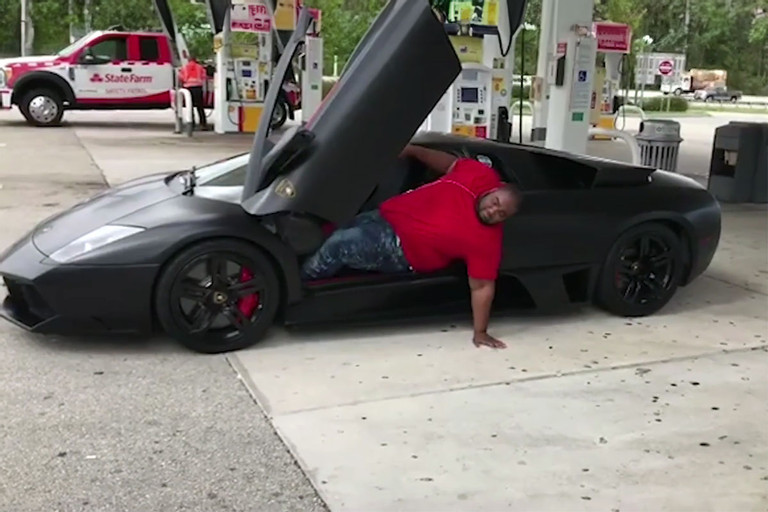
These features make it more challenging for anyone sitting in a supercar and trying to lift themselves out of the seat to get out.
Large-Sized Car Doors
Except for supercars designed with scissor-style doors, opening the doors of most supercars can be difficult when other cars are parked nearby.

This is because supercars are usually two-door models, making the door sizes longer than regular cars, causing difficulties in narrow spaces such as city parking lots or supermarkets.
Privacy Invasion
Supercars attract attention from everyone around; people take pictures of the car even while it’s parked by the side of the road or in motion.
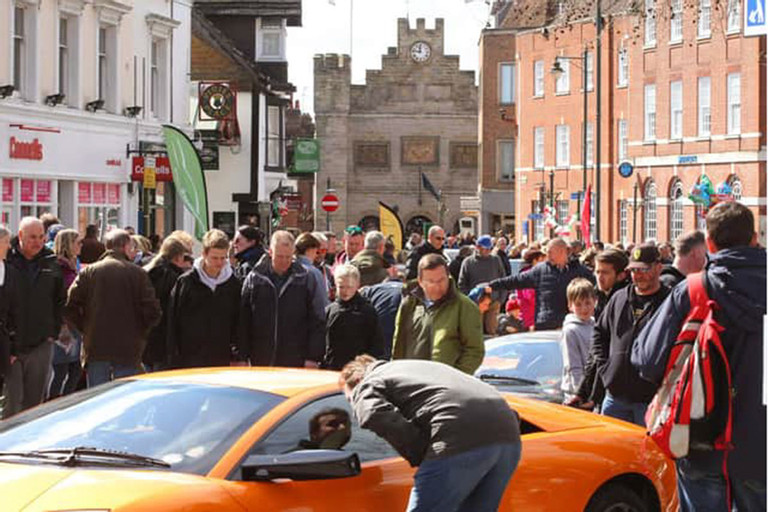
The owners of these supercars might not be aware of what’s happening, but if the car is involved in a traffic accident or speeding incident, even personal matters could be broadcasted on social media or through the press.
Facing Questions About the Source of Purchasing
Supercars usually come with hefty price tags, and when someone buys a high-end supercar, questions about the source of the money used to purchase it arise.

There will be suspicions about where the money came from—was it earned, inherited, or received from family? Many people around expect the owners of these supercars to answer these inquiries.
Extremely High Maintenance and Repair Costs
Maintaining and repairing a supercar always involves strict procedures and expensive parts, just like how these cars are bought. Sometimes, the costs can be ten times higher than those for a luxury car.
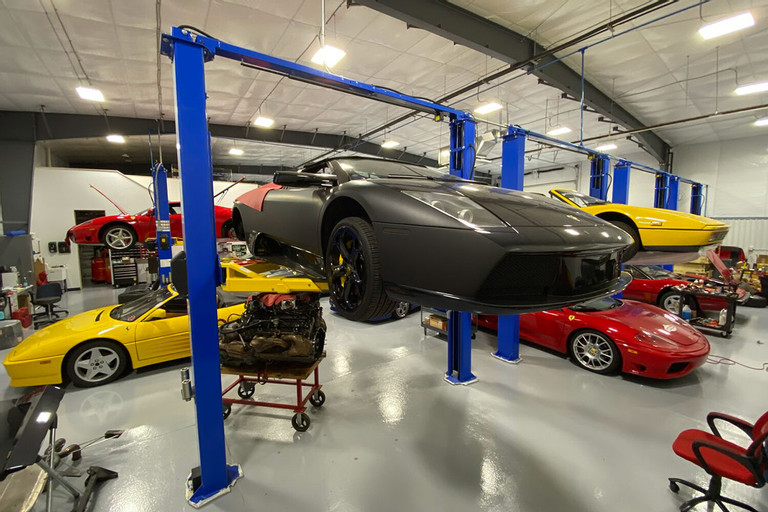
Just the cost of hiring a supercar towing service can amount to tens of millions of dong. Most repair centers quote maintenance costs ranging from tens to hundreds of millions of dong. In case of an accident, depending on the severity, the expenses for repairs can go up to billions, sometimes equal to the value of a luxury car.
Thirsty Fuel Consumption
Except for a few newer supercar models equipped with hybrid technology like the Ferrari 296 GTB, McLaren Artura, or Porsche 918 Spyder, most supercars use large-displacement engines for high performance. Therefore, they have a fuel consumption rate that is not impressive, often very high, especially when driving in the city.
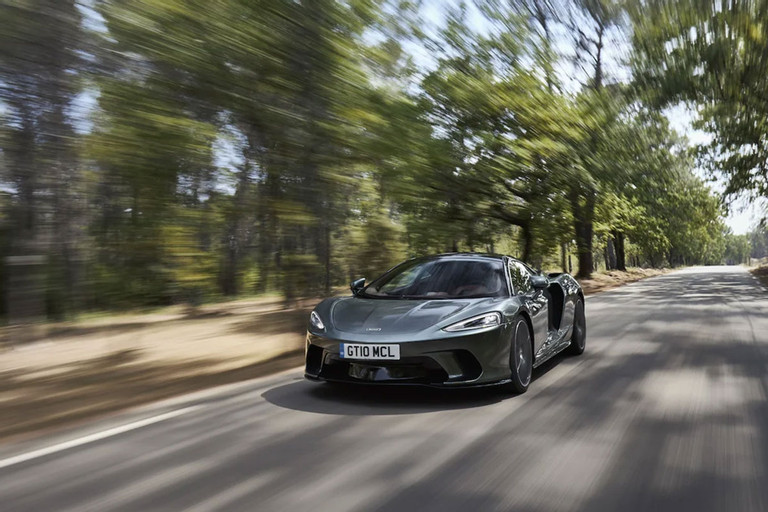
Many say, “If you have the money to buy a supercar, why worry about fuel?” However, the reality is that having a powerful car that is still fuel-efficient is the desire of many, and even the wealthy are not an exception to that.
Poor Surrounding Visibility
Despite supercars being equipped with large windshields, the seating position is too low, almost hugging the road, making the forward visibility of the driver hardly optimal.
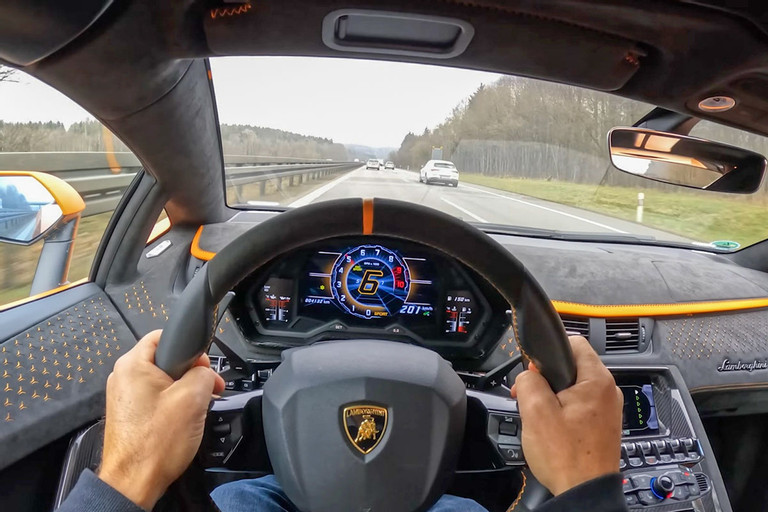
Besides, visibility on the sides and rear is always a challenge for most mid-engine supercars. Also, the low ground clearance might lead to severe issues if there are high-speed bumps or unexpected speed breakers while driving fast.
“The ‘Suffering’ of Driving a Supercar”
The reason many people dream of owning a supercar is clear: expensive, luxurious, high-speed, attracting attention… However, accompanying that are not a few troubles that manufacturers, and even some supercar owners, try to keep under wraps.
- Too Low Ground Clearance
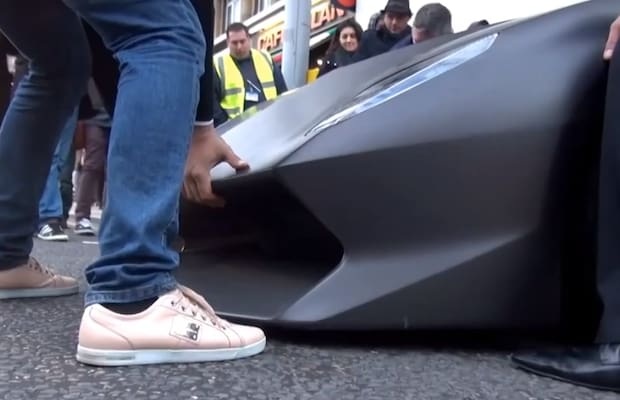
A Lamborghini Sesto Elemento needs to be manually lifted to avoid damaging its front when parking on a curb.
Many supercars have lower ground clearance than some reptiles. These high-performance machines are designed to “stick” to the road, so aerodynamic features are designed to “glue” the car to the ground.
The downside is that even hitting a speed bump or a small rock can cost the supercar owner thousands of dollars. This is one reason why supercars aren’t suitable for daily driving and cause stress for drivers.
- Too Much Power
One of the main reasons people buy a supercar is its massive power – often from 300-400 horsepower or more than 1000 horsepower like the Bugatti Veyron. However, in reality, the owners rarely get the chance to unleash the supercar’s power.

Except for racetracks or deserted highways, or speed-unlimited roads like Germany’s Autobahn, most supercars usually drive at the speed of ordinary cars, sometimes even slower due to the low chassis, requiring attention to obstacles.
And the more bothersome thing than regular driving is controlling the supercar’s accelerator well. A slight push can lead to a terrible accident, or simply a speeding ticket. Many supercars take less than 4 seconds to accelerate from 0 to 100 km/h, but most countries have speed limits around 100 km/h.
Not being able to unleash the engine’s power while having to spend a significant amount on fuel is ironic. The harsh reality is that you pay to buy impressive power and rarely get the chance to experience it.
- No Privacy
Of course, no one buys a flashy, eye-catching supercar to hide it in the garage, but being an attention magnet isn’t always interesting. Dealing with queries from “fans” repeatedly surely isn’t pleasant. And you need to be ready with some tactful refusal sentences in many cases, even friends and family expressing the desire to test drive your supercar.
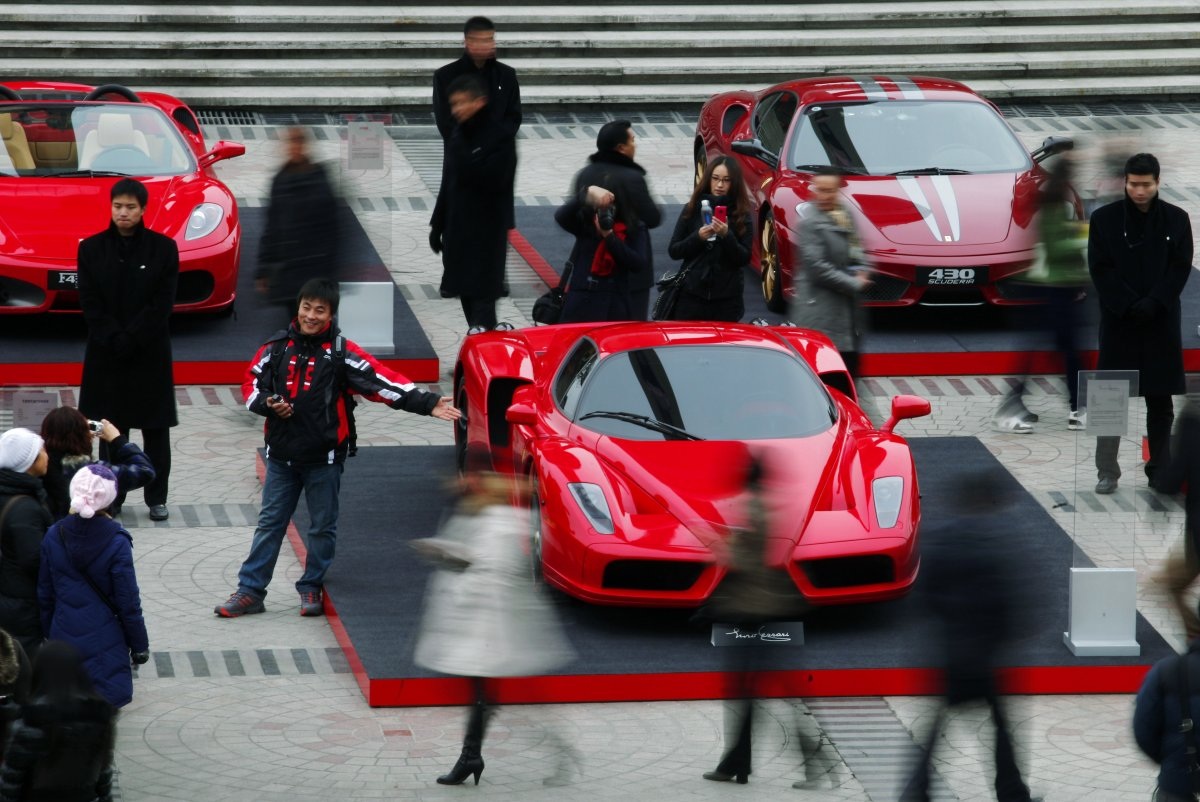
- Being a Slave to Assets
With such a valuable asset as a supercar, you have to handle it with utmost care; driving makes you worry about other cars scratching it, and parking anywhere always raises the same wish – two parking spots, not parking close to any other cars.
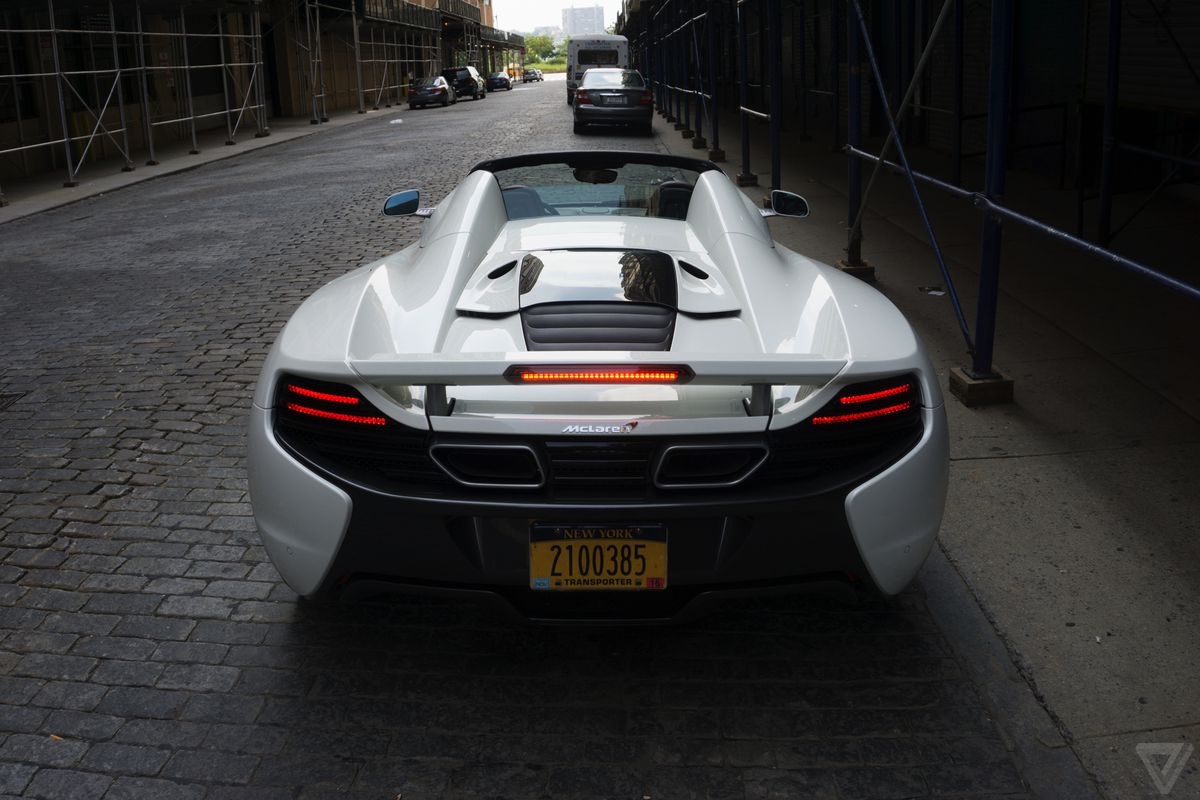
- High Maintenance Costs
If everything goes smoothly, just the cost of fuel, oil changes, maintenance, insurance… adds up significantly. If a small issue occurs and a part needs replacement or repair, or worse, the car has an accident, the bill may make even the wealthy “faint” and cry.
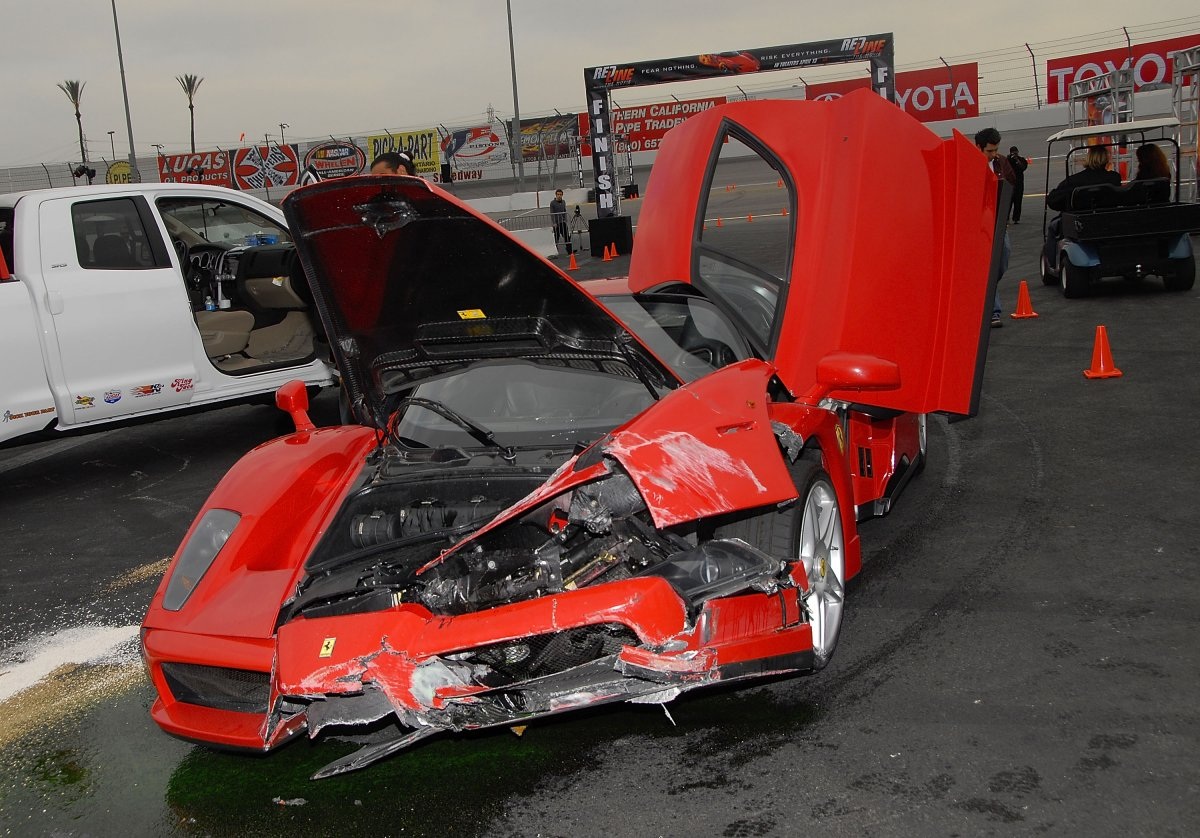
The cost is just one problem. For supercar players in smaller markets like Vietnam, many cases have to ship their cars abroad for repairs or part replacements due to various reasons: insufficiently skilled technicians, workshops not meeting standards, lack of components, replacement parts…
The owner of a Rolls-Royce Phantom in Ho Chi Minh City once revealed that in 2009, when his car had issues with the air purification system, he contacted the company, and they sent a specialist to Vietnam to evaluate the car’s current condition, diagnose the issues, propose repair solutions, then fly back and report. When the parts arrived, another company expert flew to Vietnam, bringing equipment for replacement. The total cost of that repair, including airfare, living expenses for the expert, labor, and purchasing parts, amounted to over $20,000.
Or like Bugatti Veyron owners worldwide, the only place to change the tires is… France, at a cost of $70,000 – an amount enough to buy an Audi or BMW. And to maintain the Veyron’s engine, engineers have to disassemble the entire rear half of the car, from the B-pillar back. Autocar magazine in the UK once calculated the expenses that supercar owners have to cover when using a Bugatti Veyron, and the figure reached $300,000, higher than the cost of using a private plane.
- No One Is ‘Kind’ to Supercar Owners?
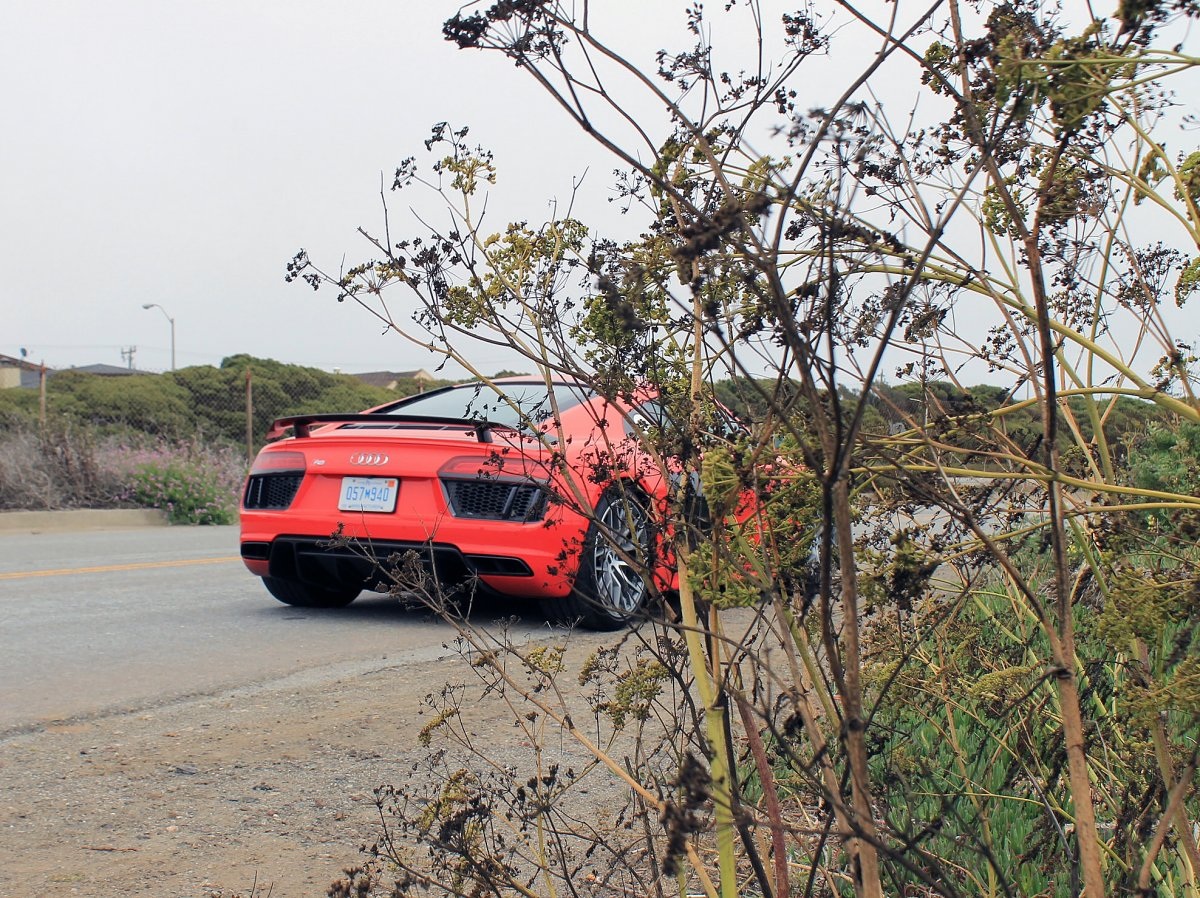
Owning a valuable asset like a supercar will make people look at you with scrutinizing eyes and preconceived notions. Most assume that someone who can afford a supercar must have earned their money dishonestly, or they are a spoiled rich kid, a “destroyer” of family wealth, or a high-profile player…
- Forget About Carrying Luggage
Don’t even think about loading stuff onto a supercar because there’s simply no space for it. Sometimes, the car trunk only fits two small bags.
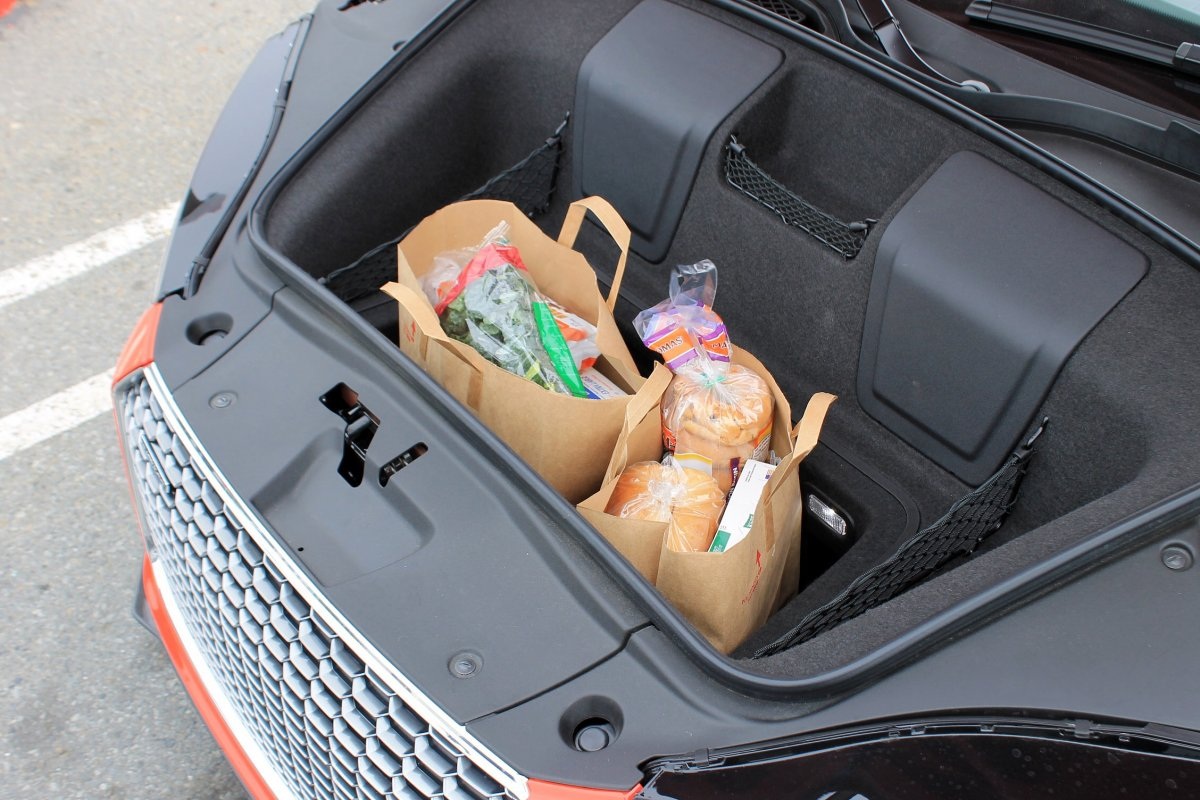
This means you can hardly take the supercar anywhere. But in the end, despite all the disadvantages, if asked, “Do you want to drive a supercar again? Do you want to own a supercar?” The answer from most people who have driven a supercar will still be: Yes. Definitely!
For those who have never had the opportunity to drive a supercar, it’s always a burning dream.












